Brushing
Step 1 – For the lower teeth: Place bristles along the gumline at a 45 degree angle. Brush using a gentle back and forth wiggle motion along the outer and inner tooth surfaces. Spend a few seconds in each area. Then sweep in an upward motion. Do the same for the upper teeth, but sweep in a downward motion. Use a soft brush only.
Step 2 – Tilt brush vertically behind the front teeth and, with the front half of the brush, use the same wiggle motion
Step 3 – Place the brush on the biting surface of the teeth and use a gentle back and forth motion. Brush the tongue to remove odor-producing bacteria.
Flossing Facts
Facts: Dental Floss cleans the surfaces in between the teeth that a toothbrush can’t reach. No one type of floss is really better. With that said, you may want to try different types of floss to see what works best for you. The important thing is to just use it!
Periodontal disease and decay commonly occurs between the teeth where your toothbrush cannot reach, especially between the back teeth that are wider and harder to reach.
Flossing is a very effective way to remove plaque from those surfaces. However, it is important to develop the proper technique. If flossing is difficult for you, there are some aides that are also effective for cleaning between your teeth. The dental hygienists at Family Dental Group can help you find something that works for you.
Flossing
It is best to floss before you brush your teeth. Break off about 18 inches of floss and loosely wind some of it around your middle fingers. Hold the floss between your thumbs and index fingers. Guide the floss between your teeth using a gentle sawing motion. Don’t “snap” it through the contacts. When the floss reaches the gumline, curve it into a C-shape against one tooth. Gently slide under the gum. Gently rub the side of the tooth with an up and down motion about 3 times. Reverse the C-shape to clean the adjacent tooth surface as well. Floss all teeth daily.
For people who have difficulty flossing there are aides that make it easier to floss. The hygienists at Family Dental Group can show you how to floss effectively or recommend other dental care aides to provide easier ways to increase dental home care.
EDUCATIONAL VIDEOABOUT FLOSSING
Fluoride
Fluoride, a substance that’s found naturally in water, plays an important role in healthy tooth development and cavity prevention. It is like vitamins for your teeth!
Fluoride combats tooth decay in two ways:
- It strengthens tooth enamel, a hard and shiny substance that protects the teeth, so that it can better resist the acid formed by plaque. This prevents tooth decay!
- Fluoride allows teeth damaged by acid to repair, or re-mineralize themselves.
Fluoride cannot repair cavities, but it can make teeth more resistant to acid and thus prevent new cavities from forming.
The American Academy of Pediatrics recommends that these fluoride supplements be given daily to children between the ages of 6 months and 16 years. The dosage will change as your child grows. Only children living in non-fluoridated areas or children who drink only non-fluoridated bottled water should receive supplements.
Fluoride is like the porridge in Goldilocks—it has to be just right. Most children get the right amount of fluoride through a combination of fluoridated toothpaste and fluoridated water or supplements. Too much fluoride before 8 years of age can cause enamel fluorosis, a discoloration or mottling of the permanent teeth. This condition is unsightly but harmless and often can be treated with cosmetic procedures, but it is best to prevent this from happening. Your dentist will know the correct amount of fluoride for a child’s age.
Plaque
Plaque is essentially the cause of tooth decay and gum disease problems. It is a biofilm made up of bacteria, fungus, and viruses. It grows when we eat sugars and carbohydrates. Once sugars and carbs are introduced to plaque, it turns into a tooth-eating acid.
Plaque that is allowed to sit for a prolonged period of time can cause cavities, gingivitis, and other problems in your mouth. Also plaque can develop into tarter (calculus) that is hard mineralized deposits on your teeth—very irritating to your gums! It is extremely important to remove plaque at least once a day—more often is better.
Sonicare
Sonicare’s unique, patented combination of high speed bristle motion with extra wide sweeping motion creates effective, yet gentle, dynamic fluid cleaning motion. With a Sonicare Toothbrush, you get excellent plaque removal, especially in hard to reach areas such as in between and below the gumline.
Sonicare is excellent in battling gum disease, dry mouth, bad breath, and tooth sensitivity. Its sweeping motion is very good in cleaning around dental restorations such as implants, crowns and veneers, as well as cleaning braces. You will notice how smooth and clean your teeth feel once you start using a Sonicare Toothbrush—healthier gums and whiter teeth.

